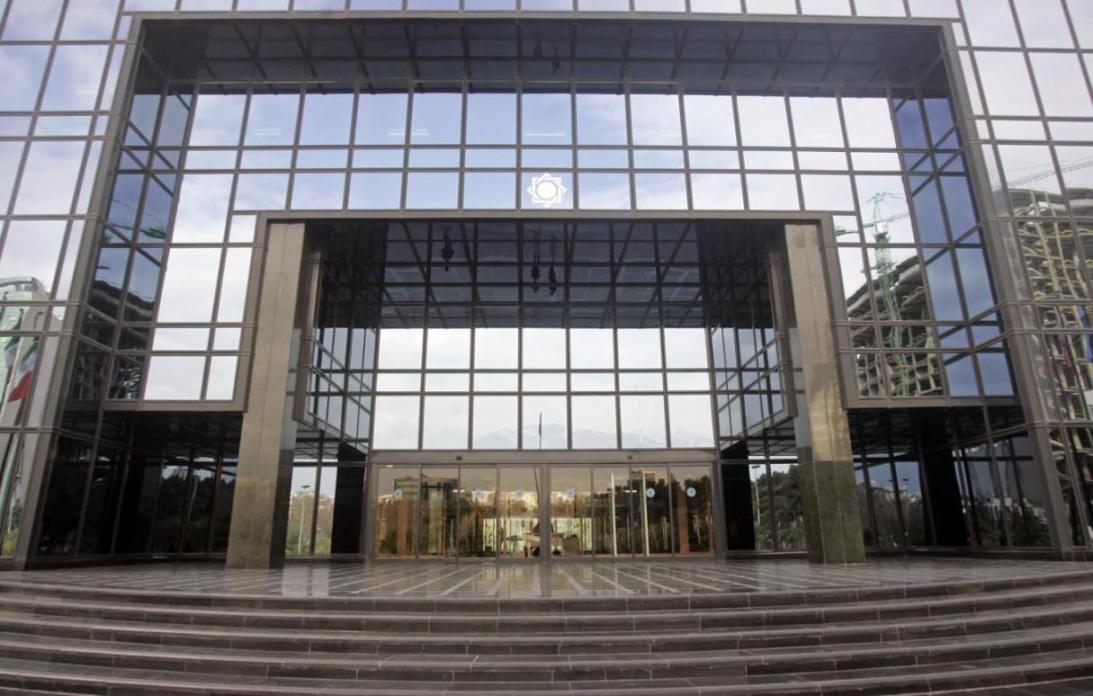The Ministry of Economic Affairs and Finance has outlined a blueprint for banking reforms in a press release Sunday. The news comes after the conservative Tasnim News Agency criticized the government for the lack of a strong and effective roadmap for the long-pending banking reforms.
Getting financing for short and medium-term projects back on track, providing a cash cushion to tackle bad loans, promoting business competition, reordering the money market by systemizing the army of uncertified credit and financial institutions, and increasing banks' lending power by raising capital are among the hallmarks of the reform program.
The ministry has also been tasked with indentifying other loopholes undermining the overall financial system to enhance banking sector role in development—a colossal undertaking in Iran's oft-criticized bank-based economy.
Iran's banking laws have not been revised in almost four decades. The last set of rules concerning Islamic banking was passed in the early 1980s. The obsolete and outdated rules make it ill-prepared for the post-sanctions era when banks are expected to play a bigger and efficient role in reconnecting Iran to the highly competitive global markets.
Calls for overhaul in the banking system gained momentum after President Hassan Rouhani instructed his first deputy Es'haq Jahangiri in July to help implement a series of reforms in the apparently unimpressive financial system.
In his directive, the president emphasized that reforms are essential to help promote the economy in tandem with progress in foreign relations.
Reforms, he said, are necessary to remove obstacles in the way of competitive industrial output and enhancing efficiency of the overall financial structure.
The president told Jahangiri to devise a comprehensive financial reform plan that could help banks foresee and prevent a crisis, develop the capital market and restructure the mountain of government debt.
Fourfold Overhaul
The reform plan is categorized infour sections: monetary policies, banking operations, banking structures and the integrated banking system.
Monetary policy reform seeks to enhance the role of the Central Bank of Iran in development programs and improve the status of the top bank as an independent body. It also aims to strengthen the regulatory function of the CBI and its subsidiaries such as the Money and Credit Council.
Banking reform envisions the dominance of the real economy on monetary decisions and seeks to restore the banking system to its initial mission of financial brokerage. Simplifying banking services, improving efficiency, adjusting interest rates with real economic conditions and upholding Islamic banking norms are among other measures clustered under the heading.
Improving the ownership and management of lenders, streamlining government partnership with banks and fostering healthy interbank competition are other subjects addressed in structural reforms. Other issues such as a revision of "laws" and "frameworks" are also addressed under this rubric.
Last is the "integrated baking system" initiative which, among other things, strives to implement unified banking systems that in turn will facilitate access to banking data by decision and policy makers.
The initial phase of the banking reform plan is already underway with the ministry analyzing available data on the ills of the key sector. The overhaul of the banking system has emerged as a top priority of the Rouhani administration after years of mismanagement and absence of transparency took its toll on the industry.
A combination of sanctions and economic decline impaired banks’ lending quality. In addition, weak risk management and corporate governance have led to "lending by fiat", especially at government-owned banks. As a result, finances in the banking sector are weak.
Reported non-performing loans (NPLs) reached 14.4% of total loans on an aggregate basis in 2014, while provisioning covered about 36% of NPLs, according to people familiar with the matter.


